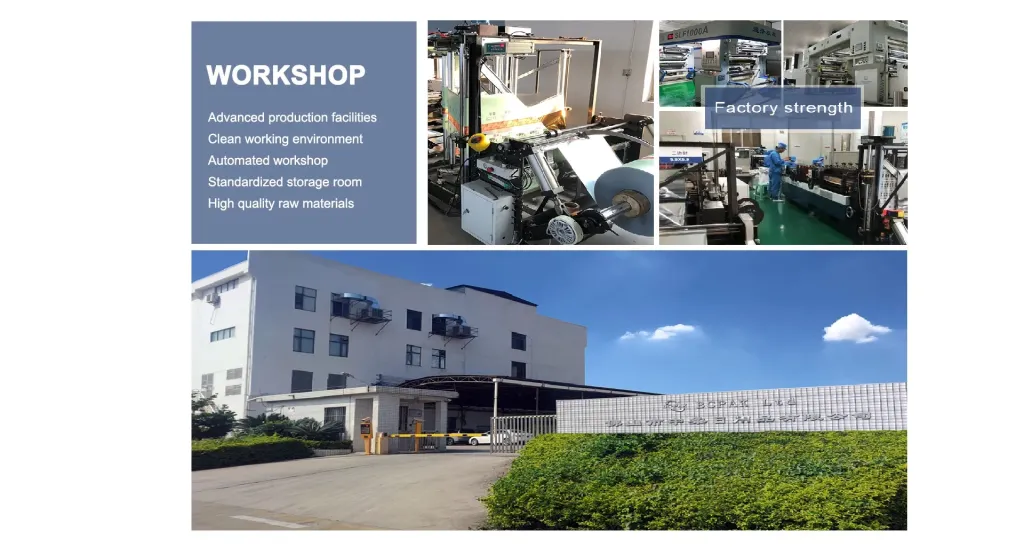Dated on 1 月-14-2025


Moving on to lap joint flanges, these are used in conjunction with a stub end. This design minimizes the risk of leakage and is perfect for systems requiring frequent dismantling for inspection or cleaning. It is particularly beneficial in systems dealing with harsh chemicals as it allows for easy replacing of the liners made from exotic materials. Orifice flanges are typically employed for measuring the flow rate of liquids and gases. They facilitate the mounting of orifice plates or flow nozzles that measure the rate of flow, which is crucial for maintaining efficiency and safety in chemical processing plants. Lastly, reducing flanges are designed to connect pipes of different sizes. Their use is widespread in industries where the transition between different pipe sizes is essential without the need for separate reducers. Each flange type serves a specific purpose and choosing the right one requires understanding the system's operational conditions. Factors such as temperature, pressure, flow rate, and material compatibility should be considered. A meticulous selection process based on these criteria ensures a well-functioning system. For those in industries where flange selection is crucial, engaging with experienced professionals who understand the nuances of each flange type and its appropriate application is invaluable. These experts can provide tailored solutions that align with your specific project needs, ensuring both safety and efficiency. By prioritizing expert knowledge and precise application, companies can optimize their piping systems, reducing risks of leaks and failures, which enhances both operational safety and longevity of the infrastructure.
Post time: 1 月-14-2025
Prev:
Related PRODUCTS









